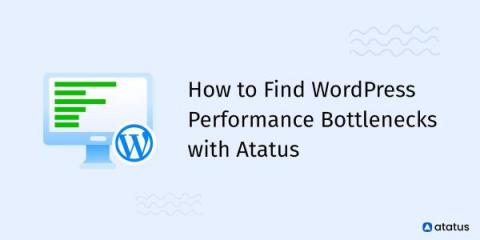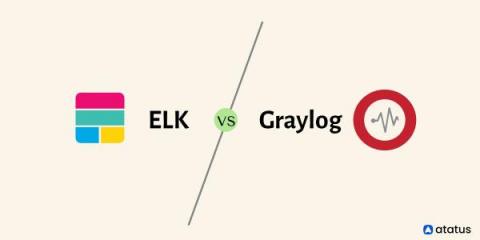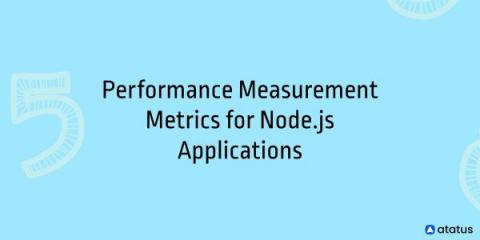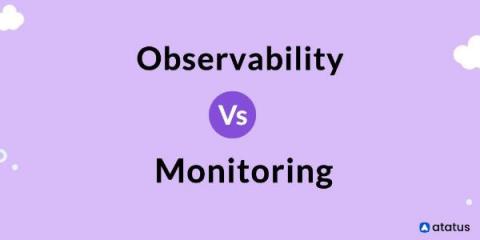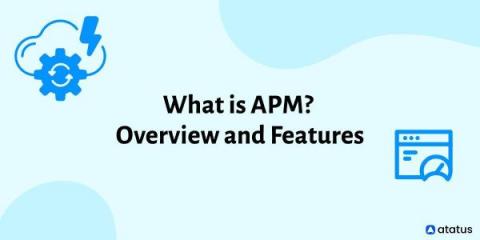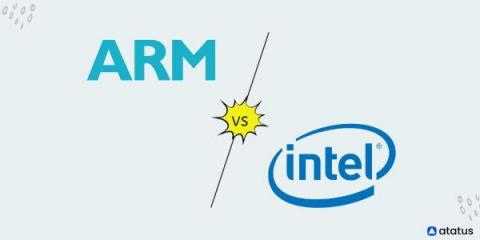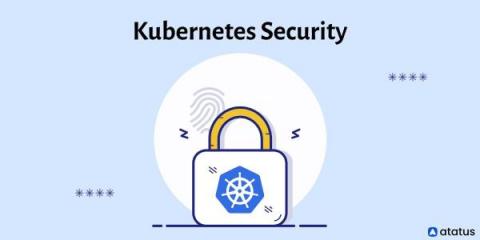How to Find WordPress Performance Bottlenecks
Monitoring is a critical part of managing a WordPress site since you need to know what's going on with it, such as how many visitors it has, how quickly it loads, and whether it's constantly online. Data on these areas will aid you in making critical decisions, resulting in improved performance, happier visitors, and, if applicable, a higher bottom line. Many factors can cause WordPress to slow down, but you don't need to be a techie to address them.


